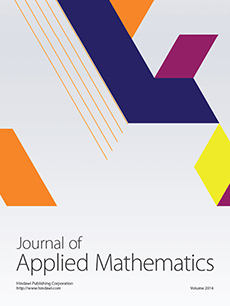Abstract
This work is focused on studying interface waves for three canonical models, that is, interfaces formed by vacuum-solid, solid-solid, and liquid-solid. These interfaces excited by dynamic loads cause the emergence of Rayleigh's, Stoneley's, and Scholte's waves, respectively. To perform the study, the indirect boundary element method is used, which has proved to be a powerful tool for numerical modeling of problems in elastodynamics. In essence, the method expresses the diffracted wave field of stresses, pressures, and displacements by a boundary integral, also known as single-layer representation, whose shape can be regarded as a Fredholm's integral representation of second kind and zero order. This representation can be considered as an exemplification of Huygens' principle, which is equivalent to Somigliana's representation theorem. Results in frequency domain for the three types of interfaces are presented; then, using the fourier discrete transform, we derive the results in time domain, where the emergence of interface waves is highlighted.
Citation
Esteban Flores-Mendez. Manuel Carbajal-Romero. Norberto Flores-Guzmán. Ricardo Sánchez-Martínez. Alejandro Rodríguez-Castellanos. "Rayleigh's, Stoneley's, and Scholte's Interface Waves in Elastic Models Using a Boundary Element Method." J. Appl. Math. 2012 1 - 15, 2012. https://doi.org/10.1155/2012/313207
Information





